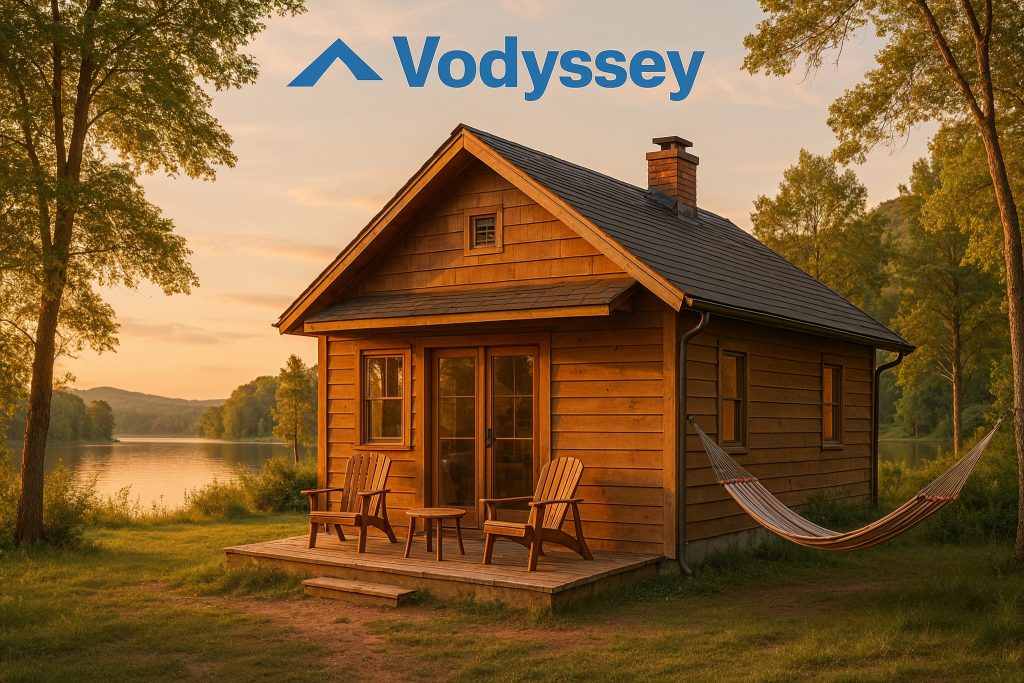Beginner Guide to Vacation Rental Investing: Your Path to Lifestyle and Financial Freedom

Are you dreaming of building wealth and enjoying more freedom in your life? Vacation rental investing is one of the most powerful vehicles to achieve both financial and lifestyle freedom—even if you’re starting with no previous experience. This beginner guide to vacation rental investing walks you step-by-step through what it takes to confidently get started, avoid common pitfalls, and set yourself up for long-term success.
Why Vacation Rental Investing?
Unlike traditional real estate investments, vacation rentals (or Lifestyle Assets) are not just about numbers—they’re about creating an experience. They can generate significant cash flow, appreciate in value, and offer personal enjoyment for you and your family. The best part? When done right, the income from your vacation rental can cover the mortgage and even produce profit, while you get to use the property for your own getaways.
1. Understand the Basics: What Makes Vacation Rentals Unique
- Lifestyle Asset vs. Traditional Investment: Vacation rentals combine investment returns with personal use. Choose properties where you’d love to stay yourself—that’s the magic behind this asset class.
- Cash Flow and Appreciation: A well-run vacation rental pays for itself, covering expenses through guest bookings and building equity over time.
- Guest Experience Matters: Your income depends on delivering an exceptional guest experience, not just on filling a unit.
2. Start with Your “Why” and Define Your Goals
Before you search for your first property, get clear on what you want to achieve. Are you looking for extra income, a future retirement spot, or the ability to travel more? Define your goals, desired level of involvement, preferred markets, and personal use plans. Write these down—you’ll refer back to them as you make decisions.
- Do you want hands-on management or a fully passive investment?
- What’s your realistic timeframe to purchase?
- Are you paying cash or financing?
- How much personal use do you want—will it be a family getaway or pure rental?
3. The 9 Essential Steps to Vacation Rental Investing Success
- Plan: Clarify your long-term vision and property needs.
- Understand: Define your buyer type, goals, and ideal property type. Learn the ins and outs of regulation, location, and market types.
- Locate: Identify profitable markets that fit your goals. Consider factors like occupancy rates, seasonality, local attractions, and demand drivers.
- Partner: Build your “dream team” of professionals—realtors, lenders, managers, designers, and tax specialists—with vacation rental expertise.
- Acquire: Understand the numbers—average nightly rate, occupancy, expenses—and only buy deals that make sense on paper. Don’t get emotional; stick to the math.
- Setup: Create a guest-ready experience. This means quality furnishings, amenities, and systems for seamless operations and five-star reviews.
- Market: Launch your listing with professional photos and compelling descriptions. Use online travel agencies (OTAs), but also consider building your own direct booking channels over time.
- Refine: Gather feedback, optimize guest experience, and adjust your pricing and marketing to maximize occupancy and revenue.
- Maximize: Supercharge your returns with strong branding, repeat guests, and portfolio growth. Rinse and repeat as your confidence builds.
4. What Kind of Property Should Beginners Consider?
Start with a property type and location you’re passionate about and would personally enjoy. Common beginner-friendly options include:
- Single-Family Homes: Standalone, ideal for families and groups, higher privacy, and strong personal use potential.
- Townhouses: Often in communities with amenities; less maintenance than single-family homes.
- Condos: Great for resort or urban markets, but check for rental restrictions and HOA rules.
- Unique Stays: Tiny homes, cabins, or niche properties can attract specific guest types and stand out in competitive markets.
5. Know What It Really Takes: Upfront Costs and Realistic Expectations
Investing in vacation rentals is not a “no money down” game. You’ll need:
- 10–25% down payment (depending on financing type)
- 8–12% of the purchase price for setup and furnishing
- 3–6 months of operating reserves while you launch
Most successful investors leverage financing, savings, or creative sources like HELOCs or self-directed IRAs. Plan for the setup phase to take several months, and expect some learning curves as you get your property guest-ready.
6. Avoid the Most Common Beginner Mistakes
- Don’t buy in markets you don’t understand or can’t easily visit.
- Don’t ignore regulations—some towns restrict or ban short-term rentals.
- Don’t skimp on guest experience, furnishings, or cleanliness.
- Don’t try to do it all yourself; build a trusted support team.
- Don’t let fear of interest rates or price swings keep you out of the game. If the numbers work, move ahead.
7. The Power of a Proven System and Community
Success leaves clues. Instead of reinventing the wheel, leverage proven frameworks and networks. At Vodyssey, we guide new investors through a proven, repeatable 9-step process, supported by expert coaching, detailed curriculum, and a thriving community of like-minded owners. This ensures you avoid costly mistakes and accelerate your journey to lifestyle and financial freedom.
Ready to Get Started?
Vacation rental investing is an exciting, rewarding path that can change your life—not just your bank account. Take the first step today by defining your goals and learning the process. If you want expert support, proven systems, and access to a community of successful investors, schedule a call with a Vodyssey coach who can help you map your unique path to success.
Schedule your free strategy call now: http://vodyssey.com/start
